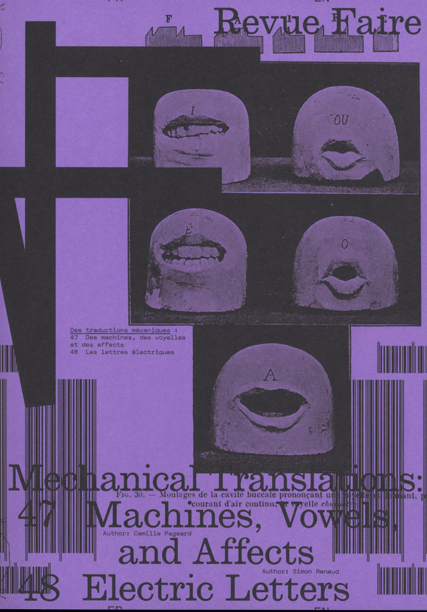MZIN
public service.
visual culture.
print matters.
mail[@]mzin.de
0049-0341-9911135
instagram facebook
(paypal accepted)
(all prices in euro)
#19248
Towers in the city
architecture, books/catalogs, design
YALE UNIVERSITY OF ARCHITECTURE
The book examines the tower as the architectural expression of a long-term commitment to the city. The conclusion is that development must be driven not only by property value and architectural ingenuity but also by respect for collective memory and common humanity. The book argues that these public commitments find architectural expression in a radically different tectonic to that of contemporary patterns of development. The volume presents a series of prompts, provocations, and projects to address the challenge of designing a tower that can be understood as a monolithic whole, even if assembled from discrete parts.
From the introduction by Hans Kollhoff and Kyle Dugdale:
The European skyscraper is not simply an extrusion of the site, driven by property value, but rather a vertical extension off the earth._At the heart of this studio is the contention that the European high-rise tower is imbued with public responsibility, competing with the towers of churches and city halls, together with which it dominates the city’s physiognomy both physically and symbolically. Property demands commitment. The heroes of modern architecture —from Le Corbusier and Mies van der Rohe to Louis Kahn— understood architecture to be an extrusion of the earth rather than a constructed artifact to be dropped onto the ground plane. Architecture was consequently interpreted as a monolithic whole, even if assembled from parts. The highly ambiguous phenomenon of visual entities seen in relation to bodily existence, simultaneously nothing but a compilation of heterogeneous events, was called Tektonik. I prefer the singular tectonic to the plural tectonics, which obscures the precise and fundamental role that the term plays in architecture. Without tectonic there is no architecture
17.00 €
Out of stock
0In stock
related

#21350
To look at things
#47/48 — Mechanical translations: — Machines, Accents, and Affects. Author: Camille Pageard — Electric Letters
18.00 €




